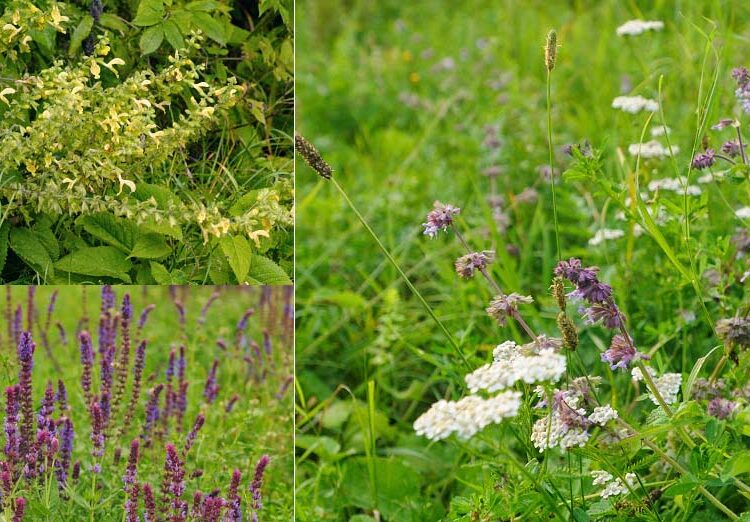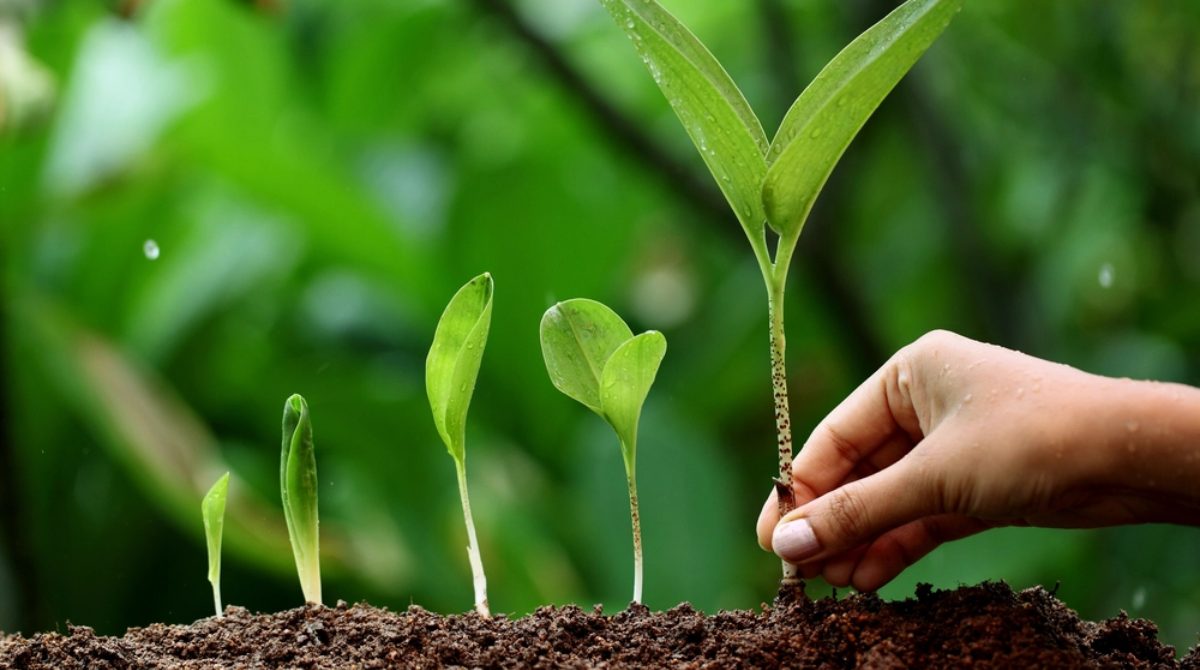Salvias, popular for their vibrant blooms and aromatic foliage, are a favorite in gardens worldwide. But when it comes to their root systems, gardeners often wonder: Do salvias have taproots? In this article, we’ll dive into the root structure of salvias, explore the different types of root systems, and explain how understanding these roots can benefit your gardening efforts.
Introduction to Salvias and Their Root Systems
Salvias, belonging to the mint family, are known for their resilience, striking colors, and diverse species. While they thrive in a variety of garden settings, understanding their root systems is essential for proper planting and care. One common question gardeners ask is whether salvias have taproots, which can affect how they grow, are planted, and how to maintain them.
What Are Taproots?
Before we explore salvias’ roots, let’s clarify what a taproot is. A taproot is a large, central, and dominant root from which smaller lateral roots emerge. It typically grows deep into the soil and helps anchor the plant while searching for water and nutrients. This type of root system is seen in many trees and shrubs.
In contrast, a fibrous root system, which is more common in herbaceous plants, consists of many thin, branching roots that spread out in the soil. These roots are often more shallow than taproots but are efficient in absorbing water and nutrients from the surface layers of the soil.
Root Systems of Salvias: Fibrous Roots, Not Taproots
Salvias primarily have a fibrous root system. This means that, unlike taprooted plants, salvias do not develop a large central root. Instead, their roots are thin and spread out from the base of the plant, creating a network of smaller roots that help the plant efficiently absorb water and nutrients from the soil.
This type of root system makes salvias adaptable to a variety of soil types, and they often thrive in well-drained soils with moderate to low moisture. The fibrous roots also allow them to recover quickly after being pruned or divided, making them resilient and easy to care for in a garden setting.
Variations Among Different Salvia Species
While most salvias share a fibrous root system, it’s important to note that there are some variations depending on the species. Some salvias may exhibit slightly different root structures, but they still typically rely on fibrous roots for growth.
For example, Salvia elegans (commonly known as Pineapple Sage) is one of the more popular varieties that has fibrous roots, which help it grow rapidly and spread efficiently in garden beds. Understanding these subtle differences is important, especially when planting salvias in diverse environments or when trying to maintain specific species.
Why the Root System Matters for Gardeners
Knowing whether your salvias have taproots or fibrous roots can significantly influence how you care for them. Here are a few key takeaways:
- Planting and Spacing: Since salvias don’t rely on a deep taproot, they generally don’t require excessive space for their roots to grow deep. However, they do benefit from being spaced properly to allow their fibrous roots to spread out and absorb nutrients.
- Watering Needs: Salvias with fibrous roots tend to require more frequent, but moderate, watering. They thrive in well-drained soil and don’t like sitting in waterlogged conditions. Understanding this will help you avoid overwatering and root rot.
- Soil Preparation: Because of their fibrous root system, salvias are quite adaptable to different soil conditions, but they prefer slightly sandy, loamy, or well-draining soils. Good soil aeration allows their roots to expand effectively.
- Pruning and Maintenance: Salvias’ fibrous roots are more resilient than taproots. Even if the above-ground portion is pruned back, the root system will often rebound quickly, allowing the plant to regenerate. Dividing salvia plants can also be done easily without worrying about disturbing a central taproot.
Conclusion
In conclusion, salvias do not have taproots. Instead, they rely on a fibrous root system that is well-suited to their needs in a garden. This root system allows them to thrive in various soil types, recover quickly from pruning, and be more resilient in terms of drought and root health.
Understanding salvia’s root structure is vital for providing them with the best care possible. By ensuring proper planting, watering, and soil conditions, you can enjoy healthy, thriving salvias in your garden year-round.










